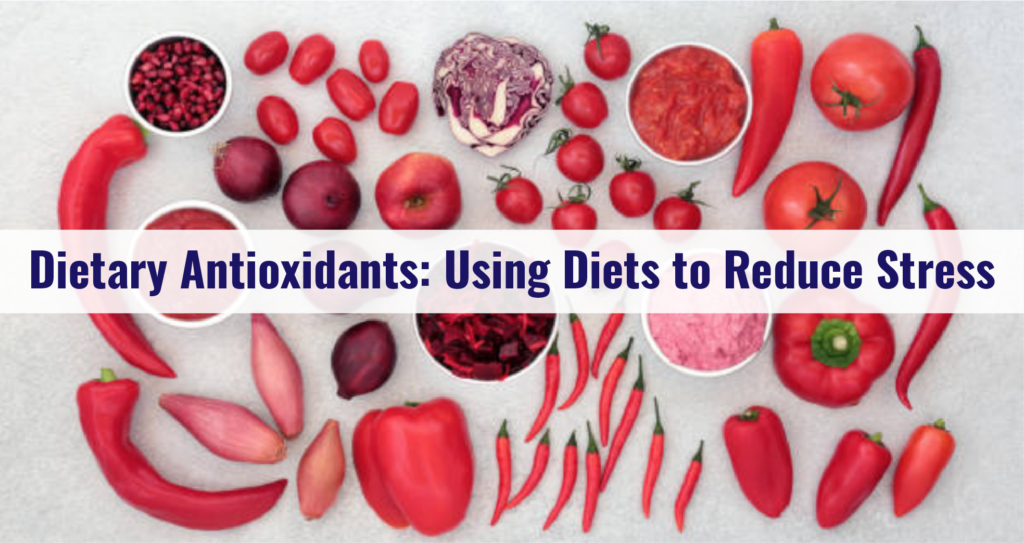Dietary Antioxidants: Using Diets to Reduce Stress

Reactive Oxygen Species (ROS) can react with vital macromolecules, damaging biomolecules critical to cellular structure and function. Antioxidants protect biological systems from ROS-induced oxidative damage, and populations with diets high in antioxidant phytochemicals (polyphenols, flavonoids, etc.) tend to have lower incidence rates of chronic diseases associated with oxidative stress.
Though the exact protective mechanisms of polyphenols in vivo are not fully understood, studies confirm polyphenols have intracellular effects beyond simply scavenging free radicals, such as acting as signaling molecules and involvement in gene expression regulation. Among dietary antioxidants, the anthocyanins—hydrophilic dark purple pigments—have raised particular interest because of their roles in controlling glucose and lipid metabolism. A recent study by Casagrande et. al. explored the effects of anthocyanins on regulation of the endocrine stress response in an avian model of extreme metabolic performance.
Using the Corticosterone ELISA Kit from Arbor Assays, the authors compared levels of corticosterone immediately after a sustained flight in birds that were fed diets with or without an anthocyanin supplement. The anthocyanin-supplemented birds had less elevated corticosterone after flight than control birds, providing evidence that dietary antioxidants attenuate the activation of the HPA axis.
OUR CORTICOSTERONE ELISA KITS (K014-H1/H5):
- Multi-Format kit with a standard range of 10,000–39.06 pg/mL or 5,000–19.53 pg/mL
- Measure corticosterone in as little as 2 μL of plasma
- Use saliva, fecal extracts, urine, serum, plasma, and TCM from multiple species
- Cited in over 280 publications
- Each kit contains enough reagents for 37 or 229 samples in duplicate
- Sensitivity is 20.9 pg/mL in 50 μL format and 17.5 pg/mL in 100 μL format
LEARN MORE ABOUT OUR CORTICOSTERONE KITS
| SEE RELATED OXIDATIVE STRESS KITS |
